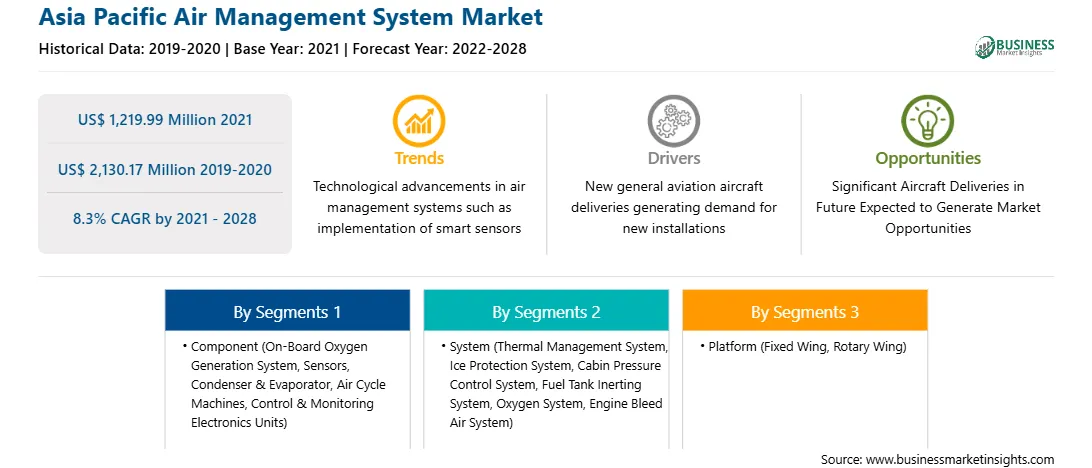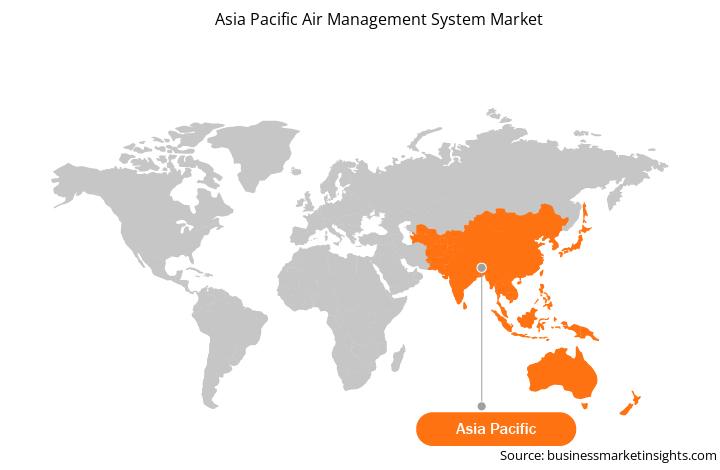The commercial aviation sector has maintained a strong fleet size over the years, with Airbus and Boeing are the two most notable aircraft manufacturers in terms of delivery statistics. The commercial aviation industry has witnessed tremendous growth in the past few years with the emergence of new low-cost carriers (LCCs) and fleet expansion strategies adopted by the full-service carriers (FSCs). Commercial aviation is foreseen to surge in the coming years due to the mounting number of air travel passengers and aircraft procurement. According to Boeing Commercial Market Outlook (CMO) 2021–2040, the total number of existing aircraft fleet in 2019 accounted for 25,900. It is expected to reach 43,610 by 2040. As per Airbus Market Forecast, 2021–2040, the commercial aircraft fleet is foreseen to deliver around 39,020 units of new aircraft by 2040, rising from 22,950 recorded at the beginning of 2021. However, the emergence of COVID-19 decimated the demand for aircraft in 2020, resulting in a significantly lower number of deliveries. Nonetheless, as the aviation industry reopened in the Q3 of 2020, the aircraft manufacturers have begun witnessing a rise in demand for their aircraft models.
The COVID-19 pandemic has not only disrupted the APAC's economy and the region's aerospace market but has also changed the customer attitude toward the sector. The region has witnessed a significant decline in air transportation. As per IATA estimates, Asia-Pacific airlines recorded a revenue decline of US$ 113 billion in 2020 compared to 2019. The reduction in air travel demand and border restrictions have resulted in the grounding of aircraft at an unprecedented scale. From an aircraft manufacturing and assembly viewpoint, China is one of the leading aerospace manufacturing countries in the region and has been one of APAC's most affected countries during Q1 and Q2 of 2020. Due to this, the production facilities have witnessed severe conditions in aircraft and component manufacturing facilities. The Airbus and Boeing manufacturing facilities in China were shut down temporarily for a longer period, which resulted in substantially lesser demand for various components and systems, including air management systems. Similarly, China's indigenous aircraft manufacturer COMAC halted its production of C919 (which accounts for a major share in the Chinese commercial aircraft fleet) during Q1 of 2020, which has negatively impacted the air management system market.
However, the aviation authorities, airlines, and aircraft OEMs foresee strong growth in the APAC aviation industry in the near future. Owing to this, several airlines are ordering and taking deliveries of newer aircraft models. This is expected to drive the demand for aircraft components among aircraft OEMs and MRO vendors
With the new features and technologies, vendors can attract new customers and expand their footprints in emerging markets. This factor is likely to drive the APAC air management system market. The APAC air management system market is expected to grow at a good CAGR during the forecast period.
Strategic insights for the Asia Pacific Air Management System provides data-driven analysis of the industry landscape, including current trends, key players, and regional nuances. These insights offer actionable recommendations, enabling readers to differentiate themselves from competitors by identifying untapped segments or developing unique value propositions. Leveraging data analytics, these insights help industry players anticipate the market shifts, whether investors, manufacturers, or other stakeholders. A future-oriented perspective is essential, helping stakeholders anticipate market shifts and position themselves for long-term success in this dynamic region. Ultimately, effective strategic insights empower readers to make informed decisions that drive profitability and achieve their business objectives within the market.

| Report Attribute | Details |
|---|---|
| Market size in 2021 | US$ 1,219.99 Million |
| Market Size by 2028 | US$ 2,130.17 Million |
| CAGR (2021 - 2028) | 8.3% |
| Historical Data | 2019-2020 |
| Forecast period | 2022-2028 |
| Segments Covered |
By Component
|
| Regions and Countries Covered | Asia-Pacific
|
| Market leaders and key company profiles |
|
The geographic scope of the Asia Pacific Air Management System refers to the specific areas in which a business operates and competes. Understanding local distinctions, such as diverse consumer preferences (e.g., demand for specific plug types or battery backup durations), varying economic conditions, and regulatory environments, is crucial for tailoring strategies to specific markets. Businesses can expand their reach by identifying underserved areas or adapting their offerings to meet local demands. A clear market focus allows for more effective resource allocation, targeted marketing campaigns, and better positioning against local competitors, ultimately driving growth in those targeted areas.

The Asia Pacific Air Management System Market is valued at US$ 1,219.99 Million in 2021, it is projected to reach US$ 2,130.17 Million by 2028.
As per our report Asia Pacific Air Management System Market, the market size is valued at US$ 1,219.99 Million in 2021, projecting it to reach US$ 2,130.17 Million by 2028. This translates to a CAGR of approximately 8.3% during the forecast period.
The Asia Pacific Air Management System Market report typically cover these key segments-
The historic period, base year, and forecast period can vary slightly depending on the specific market research report. However, for the Asia Pacific Air Management System Market report:
The Asia Pacific Air Management System Market is populated by several key players, each contributing to its growth and innovation. Some of the major players include:
The Asia Pacific Air Management System Market report is valuable for diverse stakeholders, including:
Essentially, anyone involved in or considering involvement in the Asia Pacific Air Management System Market value chain can benefit from the information contained in a comprehensive market report.